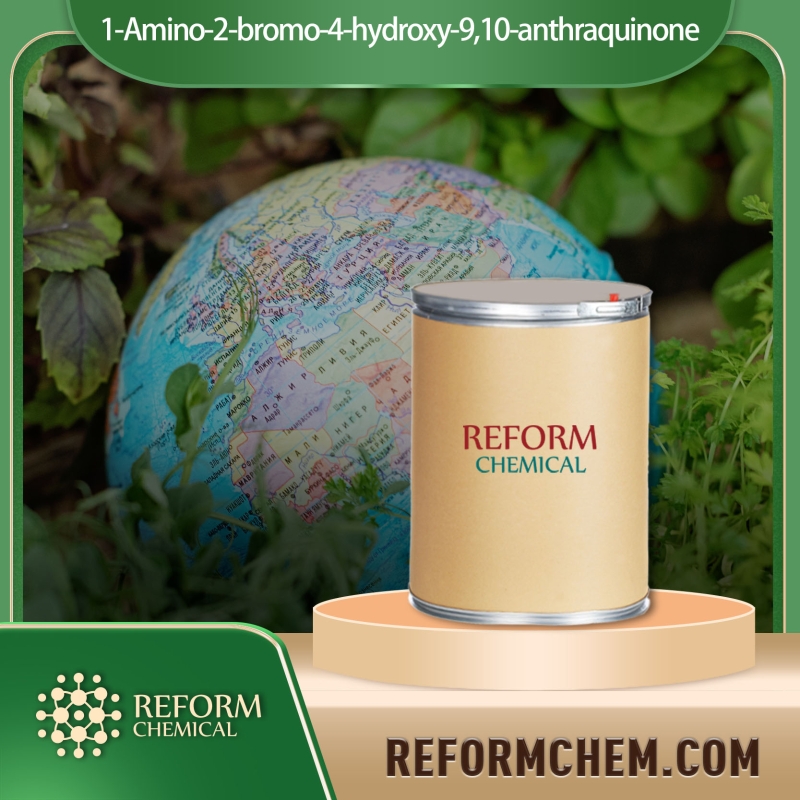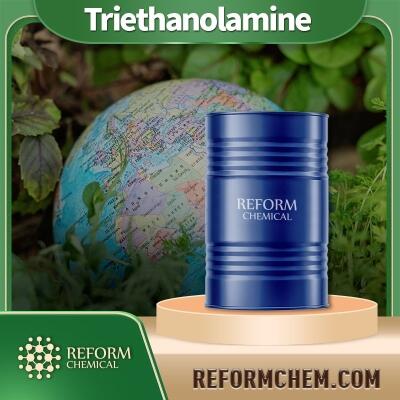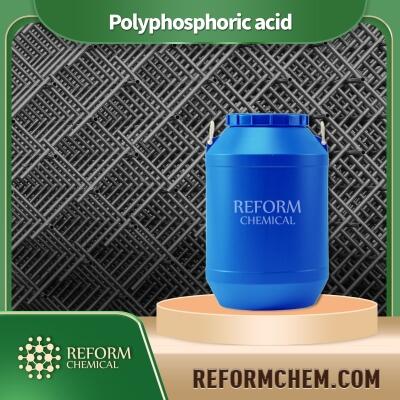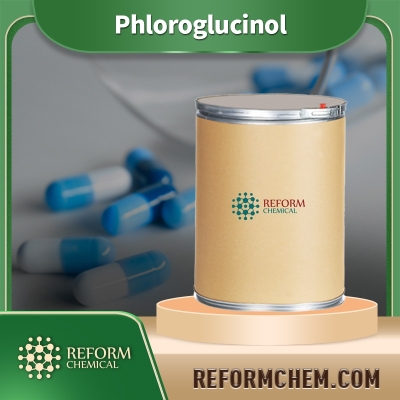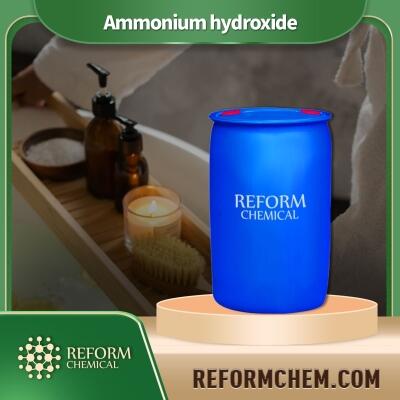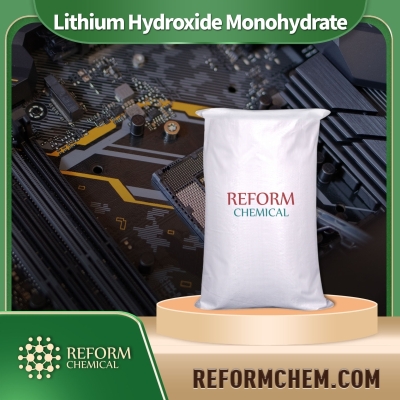What are some interesting facts about krypton?Learn more about Krypton
What are some interesting facts about krypton? Krypton is a colorless and odorless gaseous element that is among the noble gases. It is found in trace amounts in the atmosphere, about 1 part per million. Krypton is a constituent of natural gas, one of Earth's naturally occuring chemical elements and occurs as a result when cooling lava from an eruption cools too quickly for the crystallization process to occur.
Interesting facts about krypton
Below is a list of interesting and fun facts about krypton.
1. Krypton is one of the most stable of all the elements.
The radioactive decay series for krypton begins with the isotope Krypton-58 which decays by emitting an alpha particle at a half life of 1.2 years. The next two nuclei in the series, Krypton-59 and Krypton-60, both decay by emitting beta particles. Both of these nuclei have half lives of 1.36 days and 0.24 hours respectively. The final decay in the series is by emission of a gamma ray at a half life of 7 milliseconds, making it one of the shortest known radioactive decays.
2. Krypton is an odorless, colorless and tasteless gas.
It occurs in trace amounts in the atmosphere, about 1 part per million (ppm), much like the other noble gases. The concentration of the other noble gases have been found to vary with their occurrence in different environments: krypton is about 20 times more prevalent in the air than argon, for instance.
3. Krypton has no stable isotopes.
The radioactive decay series for krypton begins with the isotope Krypton-58 which decays by emitting an alpha particle at a half life of 1.2 years. The next three nuclei in the series, Krypton-59 and Krypton-60, both decay by emitting beta particles. Both of these nuclei have half lives of 1.36 days and 0.24 hours respectively. The final decay in the series is by emission of a gamma ray at a half life of 7 milliseconds, making it one of the shortest known radioactive decays (the nucleus emits an alpha particle and a gamma ray). Krypton-62 is known to exist only through spontaneous fission.
4. During World War II, krypton was used in the "Krypton" searchlight.
When the British needed better searchlights for night combat in WWII, they approached the United States for help. The United States Naval Research Laboratory responded by providing a new type of krypton gas-filled light more powerful than the standard incandescent light. The lights were developed under the supervision of Stephen Albert England. They gave off an intense white beam that could be seen up to 30 miles away.
5. Krypton is used in the preparation of lasers.
What are some interesting facts about krypton? Krypton is used in the preparation of lasers. The wavelength of light emitted from a krypton laser (325 nm) is ideal for their use in surgical procedures. The noble gases are often mixed with other elements to create specific wavelengths. Krypton mixed with Chlorine, for instance, creates a green powerful laser that can be used for cutting and welding materials. An even more recent application has been found in the detection of certain types of breast cancer, which emits a green fluorescence when exposed to krypton gas under ultraviolet light.
6. Krypton was discovered by Sir Humphry Davy (British chemist and inventor).
In 1807, Sir Humphry Davy discovered krypton. Davy was born in London, England where he received his medical degree and worked for the English East India company and the British East India Company. In 1800 he became an assistant to Joseph Priestley (British chemist) at the Royal Institution in London. The two collaborated on several projects concerning experiments with gases, including ozone (O3). In 1807 Davy discovered krypton during one of these experiments.
7. Krypton can be used in lighting applications.
In order to create a brighter color, researchers mixed krypton with chlorine. Krypton mixed with chlorine produces a green color that is used in surgery.
8. Krypton can be used as heat shields.
Krypton was found enclosed in lava crystals in the mantle of the Earth, where it acts as a heat shield. This process only occurs if the lava cools below its melting point of 1270 Celsius (2400 Fahrenheit), which is approximately three thousand degrees below zero Fahrenheit (2060 K).
Conclusion
What are some interesting facts about krypton? Krypton is one of the most stable of all the elements. Being a noble gas, it is also very inert. Krypton is prone to decomposition, causing it to burn and give off poisonous fumes. This can be dangerous if inhaled or ingested. The fact that krypton has such a low concentration in the atmosphere makes this element very rare and valuable. It has many uses in scientific laboratories and technology as well as for medical purposes and as an alternative for power generation.
Looking for chemical products? Let suppliers reach out to you!
Trade Alert
Delivering the latest product trends and industry news straight to your inbox.
(We'll never share your email address with a third-party.)
Related News
-
What is krypton element facts and uses? Learn about Krypton.
-
What are Characteristics and uses of krypton? Learn about krypton.
-
What is the Boiling Point of Krypton?
-
What period is krypton and its physical properties
-
Ultimate Guide About Interesting Facts About Krypton
-
An Insight into How Rare Is Krypton and Why?
-
What Are The Physical Properties of Krypton?
-
The Many Fun Facts About Krypton You Should Know
-
From What Color is Carmine to Everything About it
-
Is Starch A Polymer? | Detailed Explanation
Recommend Reading
-
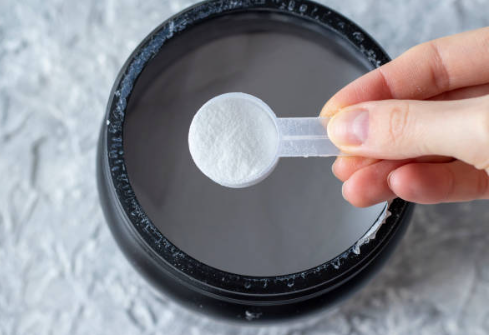
A Question of Weight Loss: does creatine help you lose weight? | Detailed Explanation
-

What is Clobetasol Propionate Used For?
-

What is Modified Cellulose? Uses, Health Risks
-

How to use fertilizer urea 46-0-0?
-
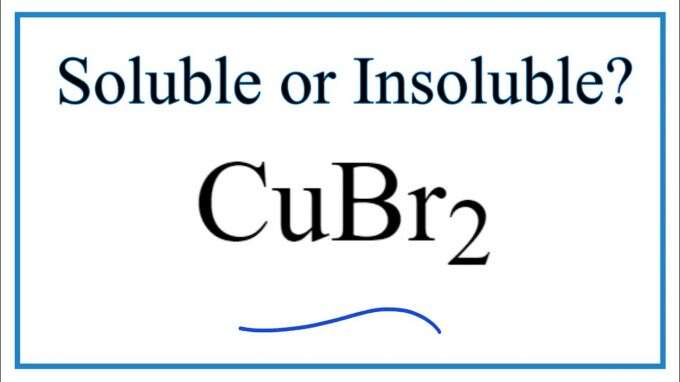
Is CuBr2 Soluble in Water | Practical Ways to Increase Solubility
-

China's consumer prices rise 1.7% year-on-year in September
-
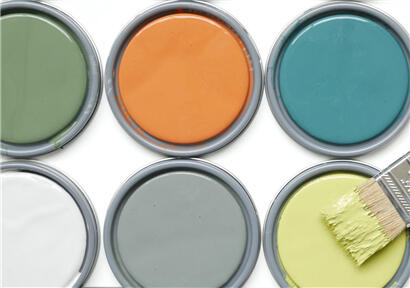
On February 18, the domestic toluene market was mainly consolidated
-
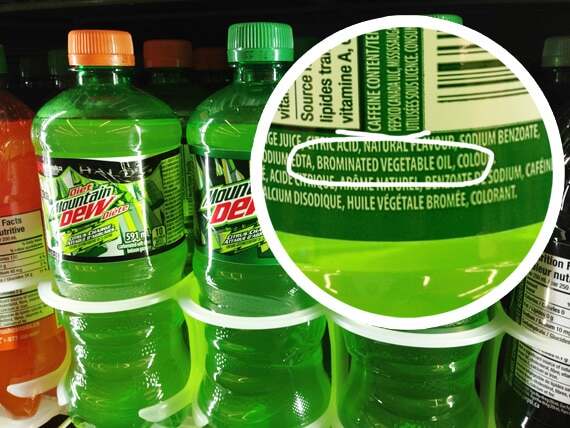
FDA Proposes Nationwide Ban on Brominated Vegetable Oil (BVO) in Food Additives, Continues Safety Assessment of Chemicals
-
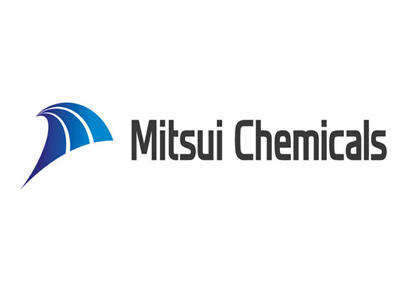
Sales of Mitsui Chemical Packaging Functional Films Decreased
-
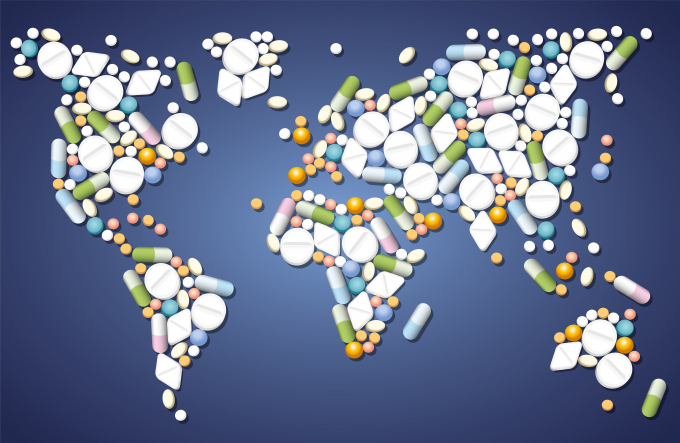
China's Pharmaceutical Trade in 2023: Trends and Outlook





